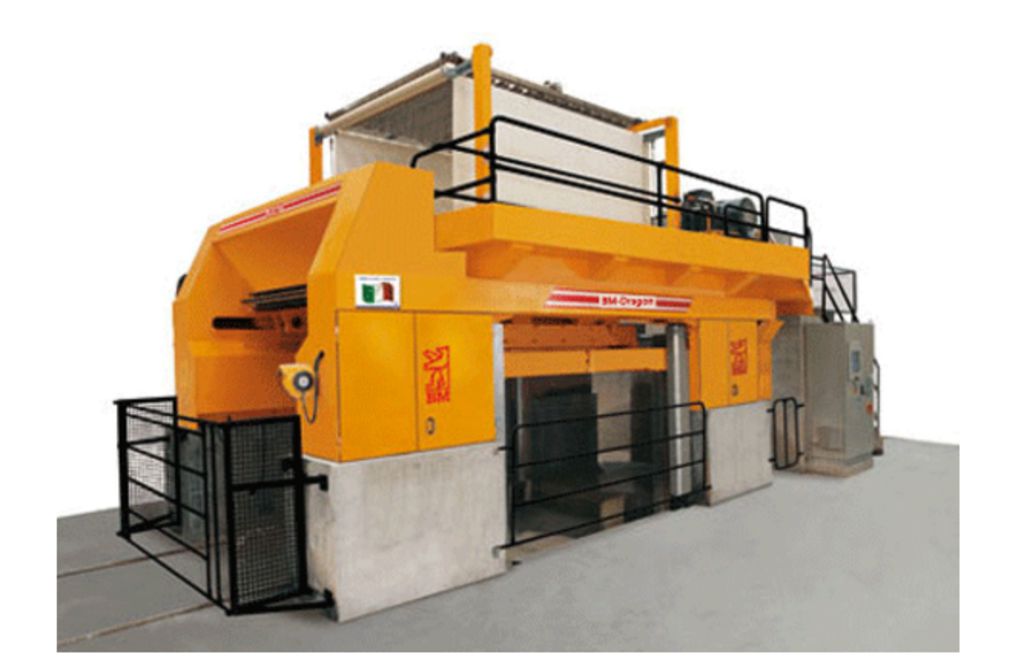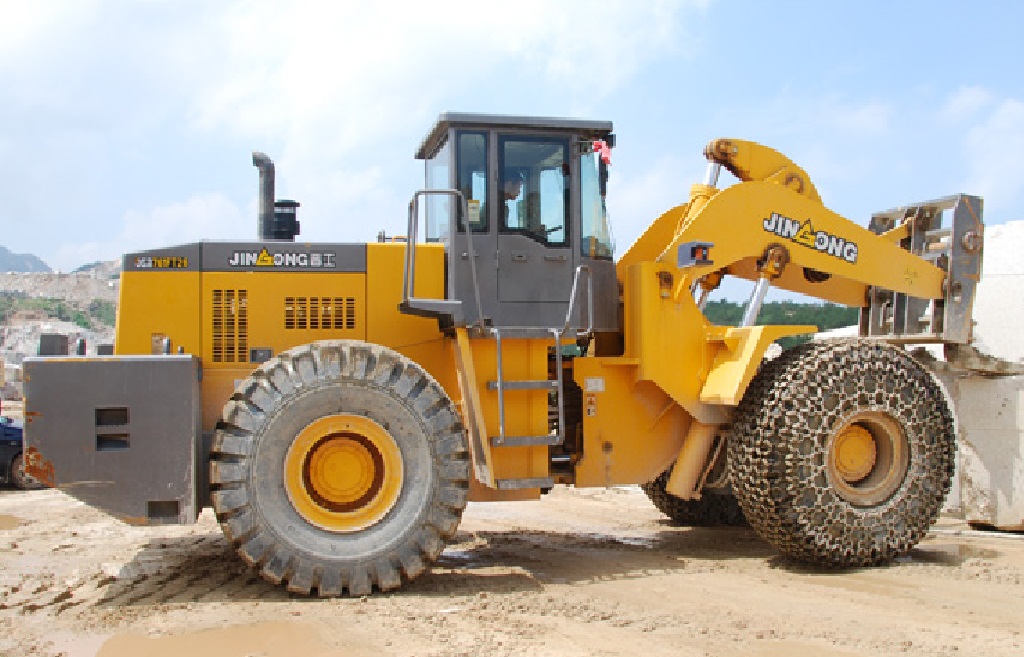BM 80 Gangsaw for marble

BM 80 Multiblade Gangsaw for Marble
BM Italy is well-known in the stone industry for its gangsaw machine and BM80 is most popular in the market with 80 multiblades for productive production.
BM 80/100 Super 800 Multiblade gang saw is designed for sawing marble blocks into slabs, with diamond blades.
Main technical characteristics of the machine.
Those “closed” gang saws structure are composed of 4 columns in normalized steel connected by crossbeams to ensure maximum stability and strength to resist the continuous mechanical stress to which they are submitted during operation. The best solution for higher speed , more accuracy and precision is one where the connecting rods move together with the blades horizontally along a single axis only. This means there is no dispersion of mechanical thrust in other directions.
The block is stable when fixed on the upward moving platform. The platform runs on 2 plane and 2 prismatic vertical slide ways. These plane and prismatic slide ways prevent any deviation or tilting away from the vertical axis. Encoders control the level plane of the platform. The gang saw structure is made up of sturdy welded established steel and is composed of 4 columns connected by crossbeams to ensure maximum stability to resist the continuous mechanical stress to which it is submitted during sawing.
BM 80 adopts two connecting rods system that equally distributes mechanical thrust over all machine components when sawing stone blocks.
Benefits from two connecting rods system
All the energy and mechanical thrust towards the blade holders is spread on two connecting rods and two cranks instead of just one
The two connecting rods which are attached to the extremes of the blade holder help the articulated guis to ensure that its movement remains perfectly rectilinear without any deviation. This is especially important when there are more blades on one side of the frame (the machine applies greater pressure where they are more blades), and when the blocks are of different heights (because initially more pressure would be applied on the higher block)
Дополнительные характеристики
- Model
- BM 80
- Stone Cutting Machine
- BM Gangsaw
- Materials
- marble, limestone or travertine
- Application
- Gang Saw






